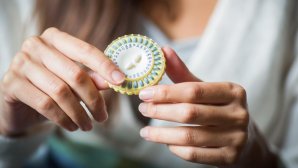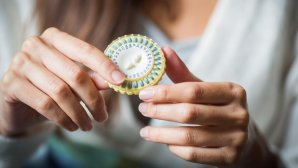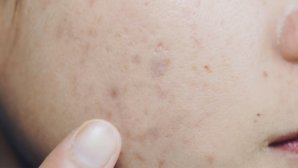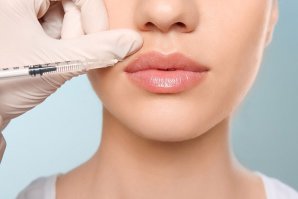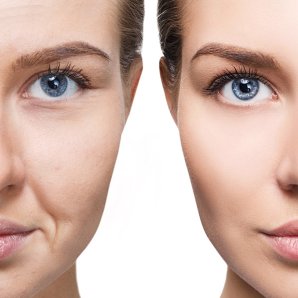Anorgasmia, more commonly known as a female orgasmic disorder, is a condition in which women have difficulty achieving orgasm. It can be caused by a variety of physical and psychological factors and can have a significant impact on quality of life.
Causes Of Anorgasmia
Anorgasmia can be caused by both physical and psychological factors. For example, some medications may cause anorgasmia as a side effect, or it may be the result of medical conditions like diabetes or multiple sclerosis.
it can be caused by anxiety or depression. It's important to note that some women may just not be particularly interested in sex or having orgasms, which is completely normal and should not be considered a disorder.
Diagnosis
The diagnosis of anorgasmia will depend on the underlying cause of the condition; for example, if it's related to a medical condition, then tests will likely need to be done to determine the cause.
Your primary care physician or gynecologist will review your medical history, perform a general physical examination, and examine your pelvis. These exams may reveal physical conditions that contribute to orgasmic problems.
Your provider may inquire about your orgasmic experiences and other related issues. You may also be given a questionnaire to answer these questions. You may be questioned about
-
Your recent and previous sexual encounters
-
Your companion or companions
-
How do you feel about your sexual encounters?
-
The types of sexual stimulation or activity you engage in
Your provider may wish to speak with you and your partner, or you and your partner may wish to meet separately.
Treatment
Treatment for anorgasmia is dependent on what's causing the problem. The options include lifestyle changes, therapy, and medication. If an underlying medical condition is causing anorgasmia, your provider will advise you on the best course of action.
Lifestyle changes and therapy:
Anorgasmia treatment typically starts with one or more methods for a deeper understanding of your body, discovering what works for you, and altering behaviors. These remedies could consist of:
-
Education. Your doctor will most likely start by discussing female sexual anatomy and how various parts of the anatomy respond to stimulation. This conversation can assist you in answering any questions, clarifying any misunderstandings, and understanding the purpose of other recommended treatments. Your provider may also suggest educational materials.
-
Directed masturbation. You can explore self-directed sexual stimulation and become familiar with your own body with the help of this instruction and at-home workout routine. After you've learned how to induce orgasm in yourself, you practice what you've learned with your partner.












